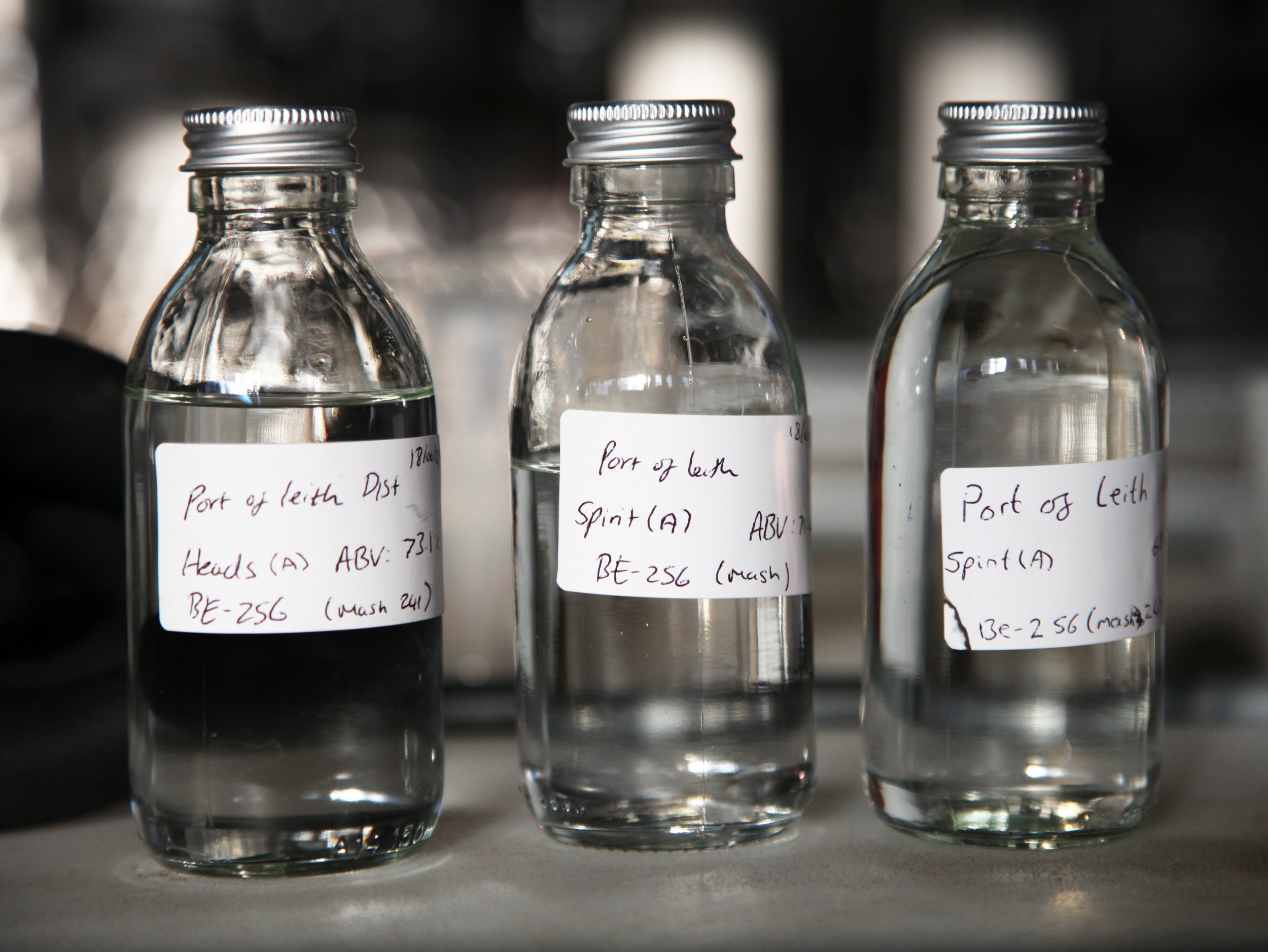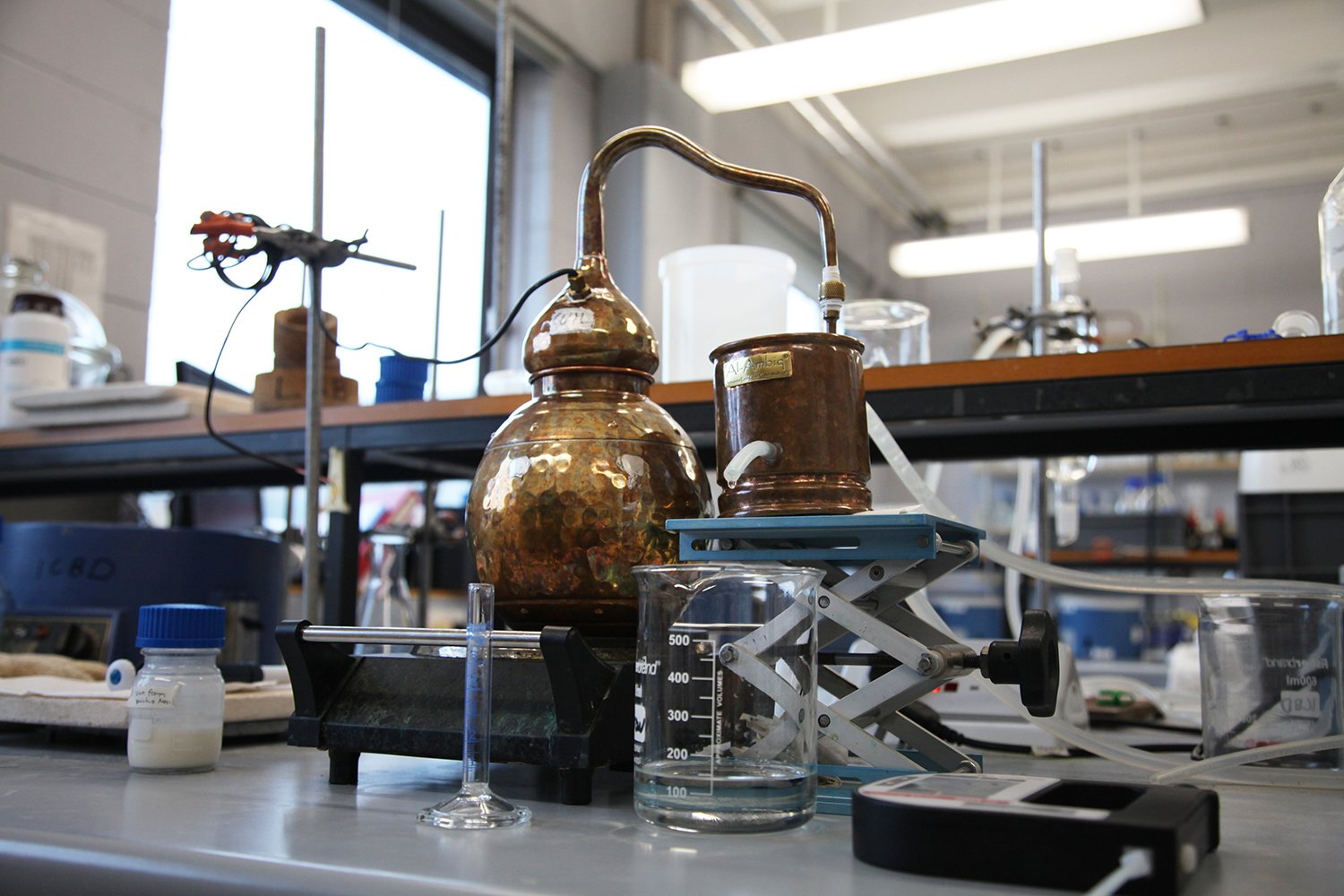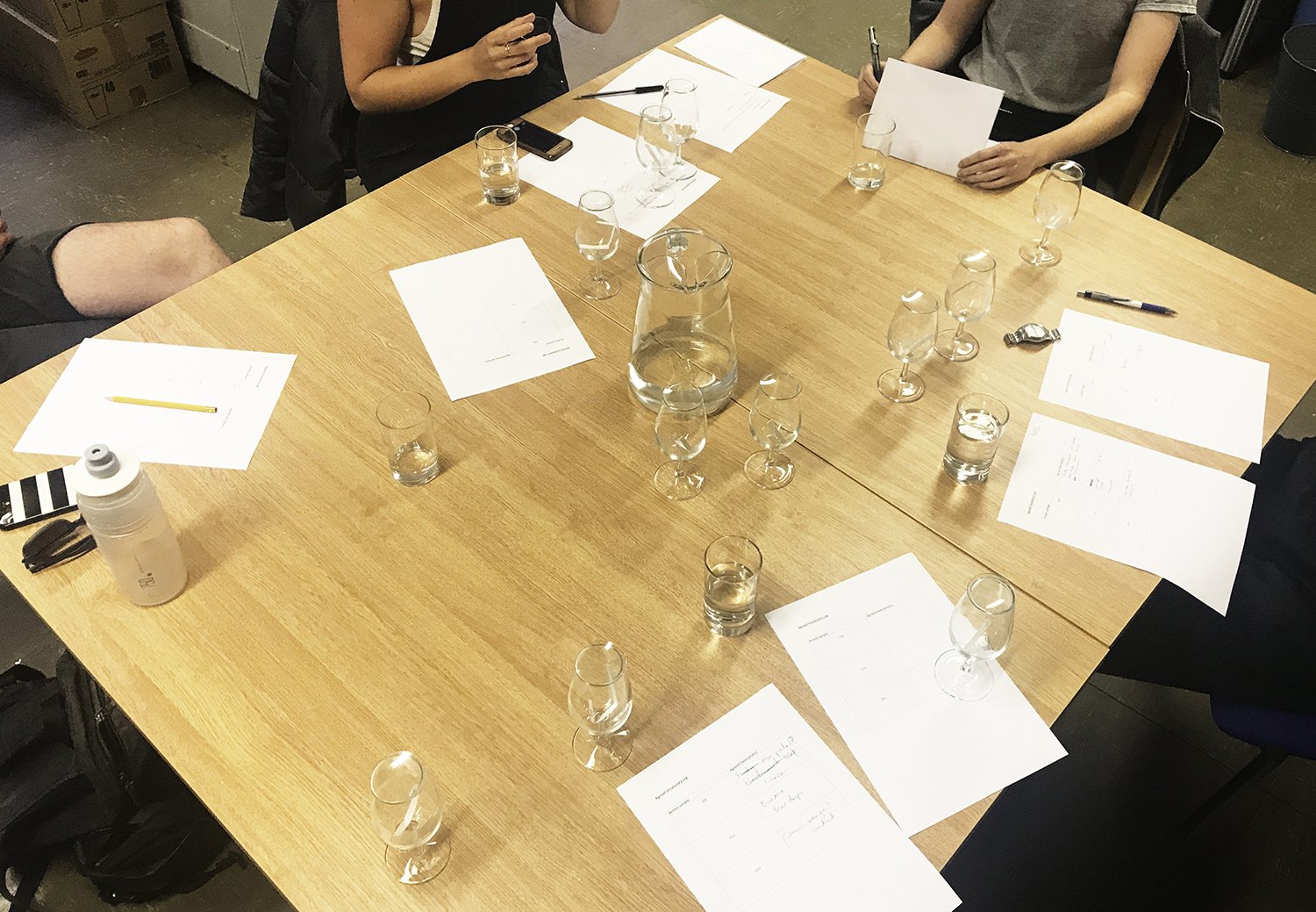
NEW SCOTCH DIVISION
We’ve finished building our distillery, but we’ve been creating our whisky for years.
To us, the magic of a great whisky is that it can taste of many things at once: complexity.
A novice can probably identify a couple of flavours in a whisky - cereal and vanilla, for example. But a truly great whisky can be extraordinarily complex, with many different aromas and flavours contained in a single spirit.
We want to create an incredibly complex, balanced spirit; delicious, beguiling flavours held in perfect harmony.
We’re seeking to achieve this by un-picking every element of the production process of Scotch Whisky. We identify what it will contribute to our spirit. We ask ourselves how can it be done better.
There is no final destination to this pursuit, and so our whisky will never stand still - it will never achieve consistency. Each year’s production will reflect the people who made it, the changing environment of the place in which it is made, and the climate, challenges and discoveries of the time in which it was made. It will evolve.
It started when Ian & Paddy, two whisky fanatics from Edinburgh, started ‘experimenting’ with whisky production in their back garden.
We discovered significant opportunities to do something different and exciting with the spirit that we love. An ambition to build a distillery was born.
When most people think about Scotch Whisky, they imagine water trickling down glens, copper stills and casks in dusty warehouses. However this romanticised marketing vision obscures the most significant parts of the process.
Whisky is distilled beer, and in brewing that beer, there are many vital decisions to make:
What variety of barley do you use? What yeast do you use? How long do you ferment for? At what temperature?
We learned that for much of the industry, yeast and fermentation are used exclusively to create as much alcohol as possible, improving production efficiency. Little regard is given to flavour generation.
The more we asked these questions, the more we discovered that there was a very significant opportunity to do something different and exciting with a new scotch.
The Research
Eventually, our questions led us to the door of The International Centre for Brewing & Distilling (ICBD), at Heriot Watt University in Edinburgh.
In 2016, we started devising a research programme that would investigate the opportunities, hitherto unexplored in the public sphere, of yeast and fermentation in Scotch Whisky production.
We were fortunate to receive funding for this research through the Knowledge Transfer Partnership scheme, run by Innovate UK. This gave us access to the expertise and experience of the ICBD (including the incredible Dr Annie Hill), and enabled us to recruit our very first team member, Victoria Muir-Taylor, who joined us in 2018 to run the programme.
We set out with an open mind and a ‘results led’ approach.
If there was one thing we were hoping to find, it was fruit.
Of all the various flavours that you might discover in a Scotch Whisky, it is yeast and fermentation that create the ‘primary’ fruit flavours in a spirit, be it crisp apple, ripe apricot or red fruits. It is these flavours that can sing over all others in a whisky. Even a spirit that has been matured for a decade in a cask can demonstrate remarkable, fresh fruit characteristics.








We have now completed several years of research in to the role of yeast and fermentation in whisky production, working with the International Centre for Brewing & Distilling at Heriot Watt University in Edinburgh.
Our Research Associate, Victoria Muir-Taylor, created scores of spirit samples from yeasts more commonly used in the beer, wine and even sake industry. She used a 5 litre copper still, producing just a few 100mls of each spirit at a time.
This was painstaking work, with repeated fermentations and distillations over the course of three years. These were then analysed chemically, and via a rigorous sensory analysis programme, organised by Vicky, in which she trained our team to systematically evaluate samples.
The Commercial Trials
In June 2021, we took the most promising two yeasts and ran commercial trials using the fantastic equipment at The Glasgow Distillery.
It’s one thing to trial a yeast on a small scale in a lab. It’s quite another to see how it performs on a commercial scale. Would the flavours we had identified in our analysis carry through? Would it produce enough spirit and how would that spirit taste?
The results were extraordinary.
We have created two very distinctive batches of ‘newmake spirit’, which is what whisky is referred to when it comes straight off the still, before going into casks for maturation. They each demonstrate the vibrant fruity characteristics we were reaching for, but with remarkable intensity. That intensity will be key to us in the future.
For many distilleries, newmake spirit is often viewed as a blank canvas, and the majority of flavour is then introduced from the casks.
For us, the spirit we distill is fundamental. It is the foundation of our Scotch Whisky onto which we can carefully build further flavour through judicious use of the very finest casks.
The years of trials and research we have undertaken have made us very excited about the whisky that we’re going to produce. They’ve also opened our eyes to just how much more we can still discover, and we will continue to learn, experiment and discover once we’re producing whisky in our new distillery.






